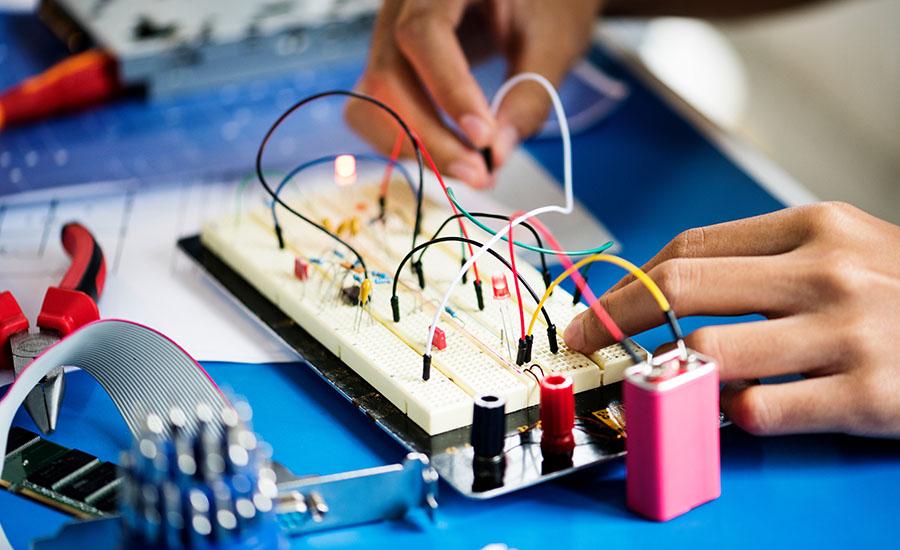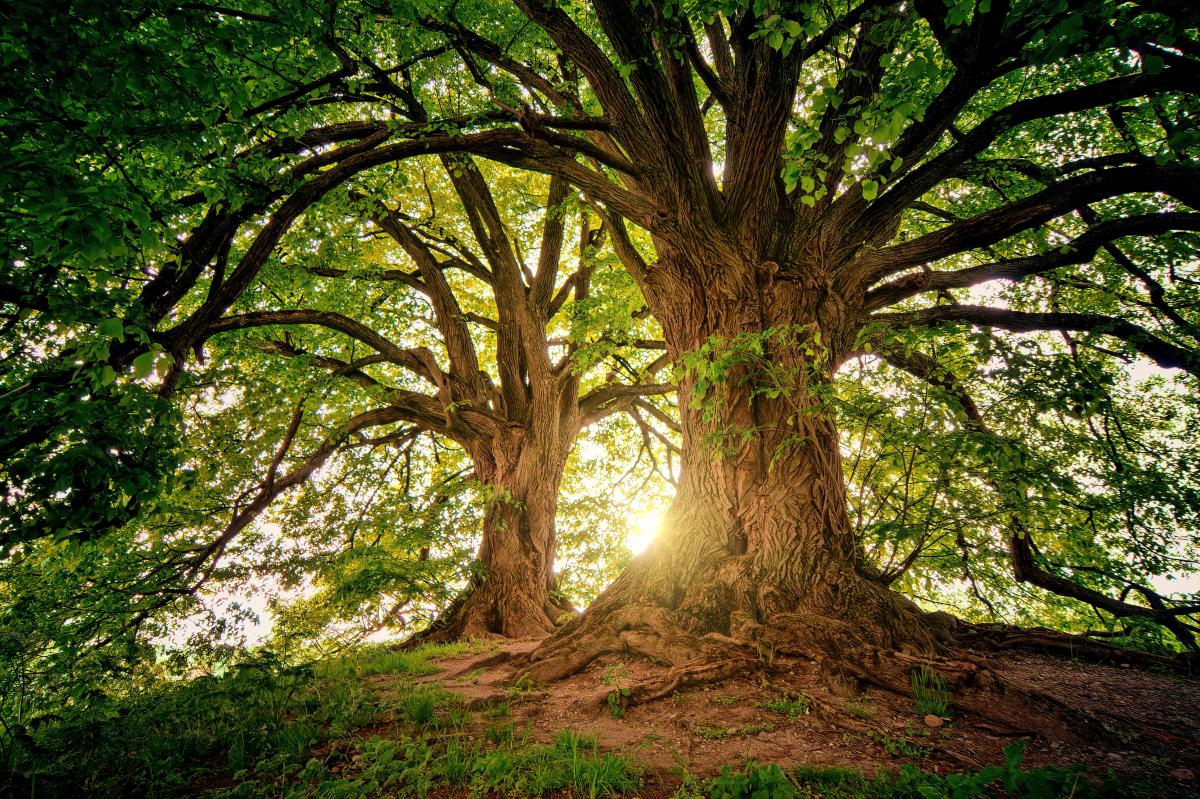Students will create dot plots (both physically and using technology) to represent class data, determine important statistics, and interpret those statistics in context.
This is a continuation lesson in which we compare student data to the previous day's data using GeoGebra to help us generate dot plots and calculate statistics.
James and the Giant Peach is a wonderful fantasy novel but what if the peach, the insects and James were right in front of our eyes? What would they look like when they've been turned into giant
This lesson is a 6-14 day unit consisting of 30 minute lessons taking students through the introduction of energy flow from the sun through the food chain. The lessons culminate with students showing
This lesson allows robotics students to redesign a working floor vacuum and design it to fit the needs of a robotics lab - it should be able to pick up heavier and larger objects or loose parts off
This hands-on lesson helps students understand the properties of 3D solids from their 2D base shapes and teaches them how to use CAD software to build their own 3D models of real-world objects by
This hands-on lesson helps students understand exponential functions by using an LED circuit. LED luminosity decreases at an exponential rate as more are added in series. As students add more lights
In this multi-day lesson, students will learn about prosthetics, design and build a model of a prosthetic limb, research prosthetics today and then have a Socratic Seminar to both share and debate

This epic road trip is an end-of-year project where students are given the opportunity to reflect on their learning and select 6 unique stops in Arizona that a tourist should visit. Students are led
In this lesson, students will research information to describe climates in different regions of the world. Then students will design a prototype of different tools used in understanding climate.
In this hands-on engineering and science project, students will become earthquake engineers tasked with designing and constructing earthquake-proof structures using toothpicks and mini marshmallows
Intro to MS Make Code (Eat the Food)
MS MakeCode is the perfect stepping stone into the world of Scratch. Students will be able to create a working video game in one class period. As we all know classic video games were not built over
Have you ever wondered what the real reason was as to why Galaga was such a popular arcade game? Look no further this lesson has you covered. Students will create their very own modern version of
Students are introduced to the current teams and given a brief history of their mascots. Then students research potential areas for an expansion team to start a new team (I do not limit them to just
Math Magic through Coding!
In this 2nd grade STEM lesson, students will learn how symbols (directional arrows) can be used to program an object's movements. They will develop an algorithm using a sequential graphic organizer to
In this primary Kindergarten-1st grade STEM lesson, students will learn to define algorithm, bug, and debug in reference to programming. Through engagement with a virtual simulation, students will
Students will investigate the properties of different types of matter and apply the concept of "P1: Matter" to design, model, and 3D print an object using a MakerBot 3D printer. Hands-On STEM Design
Students will explore the concepts of sound and rhythm through a STEM-focused lesson plan that integrates science, technology, engineering, and math (STEM) with music. Students will engage in hands-on


Featured Lesson Plans
Check out these notable lesson plans.

In this outstanding lesson, students will explore circuitry through working collaboratively to build a working floor piano out of simple materials. Students explore the engineering design process by

STEM in the Garden- Wild Bee Hotel
Third grade students will apply their knowledge of the significance of bee pollination by designing and creating a Wild Bee Hotel in a collaborative group which will incorporate literacy, mathematical

In this outstanding lesson, students will apply their knowledge of how natural and human-caused changes to habitats or climate can impact our world in a stop motion film. The lesson covers a Science


